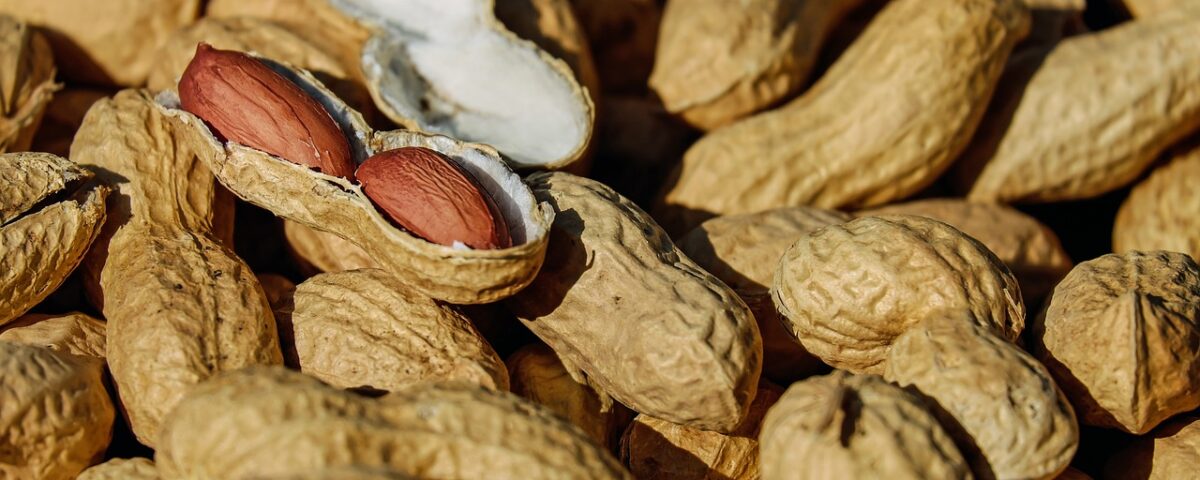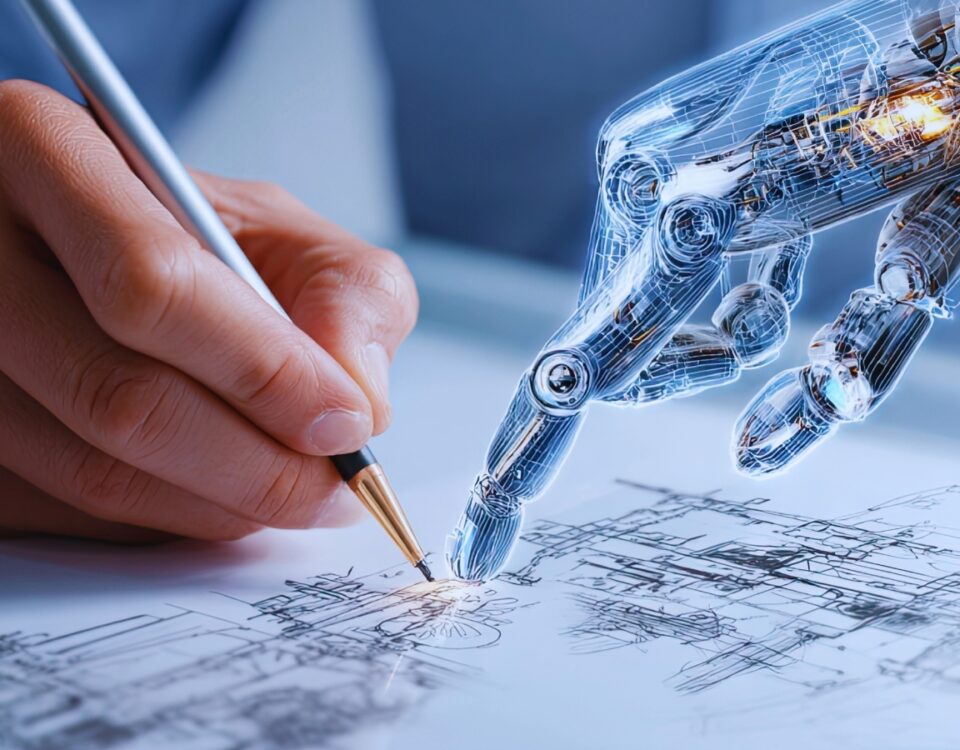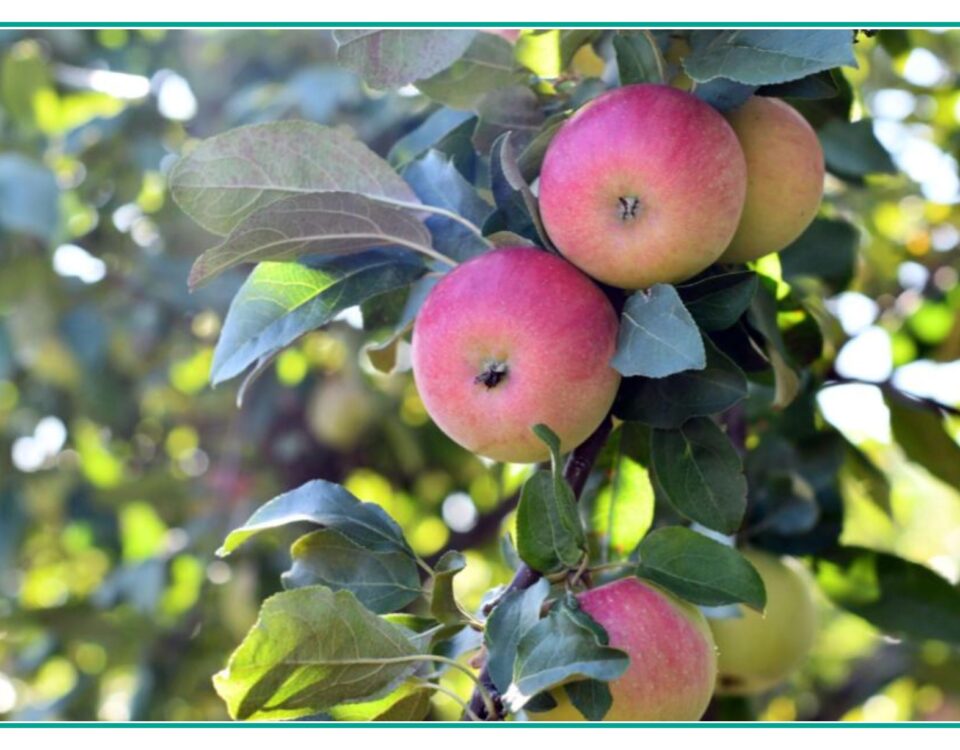
When a Supermarket is Like an Airplane
August 3, 2025
What Does the BLS Do?
August 5, 2025M&Ms had a rancid nut problem.
So they needed a new peanut…perhaps 300 million pounds of peanuts.
Peanut Research
Developed by peanut researchers at the University of Georgia in the Wild Peanut Lab, by 2017, the Georgia 09Bs, was in most M&Ms after more than a decade. But first, the candy maker selected a healthier genetic mutation with fat like olive oil. Only the beginning, the nut also had to keep its crunch inside a chocolate cover and be perfectly symmetrical. Furthermore, the same Southern farmers growing the current peanut had to want to switch.
But then, they had a new problem. With global warming, peanut plants became more susceptible to disease.
However, they had already developed a peanut plant that could withstand the ravages of the nematode (worm). They also created another peanut with extra leaves that, after harvest, can be fed to farm animals. And now, reducing development time, scientists mapped the peanut genome. Then, able to identify genes that could do what we needed, drought and disease resistance and better flavor were easier to achieve.
Our Bottom Line: Private and Social Return
Long ago, Edwin Mansfield (1930-1997), a University of Pennsylvania economist, said that a seemingly small innovation can have a large impact. While he was referring to manufacturing inputs like thread, he could easily have been talking about a new peanut. As Dr. Mansfield explained, at first an innovation benefits its developer. But then, from there, some innovations go big.
As an agricultural innovation, the new peanut’s research can ripple far beyond M&Ms. Looking for ways to conquer global warming, we could say the peanut is helping to lead the way, As Dr. Mansfield explained, a seemingly small inovation can initially have a private impact. But from there, the research can ripple far beyond a piece of candy.
Also, please note that today we included several sentences from past econlife posts.
My sources and more: Many of today’s peanut facts are from this NY Times article. As for the value of innovation, this econlife focused on how seemingly small inventions were really quite large.
![econlifelogotrademarkedwebsitelogo[1]](/wp-content/uploads/2024/05/econlifelogotrademarkedwebsitelogo1.png#100878)




